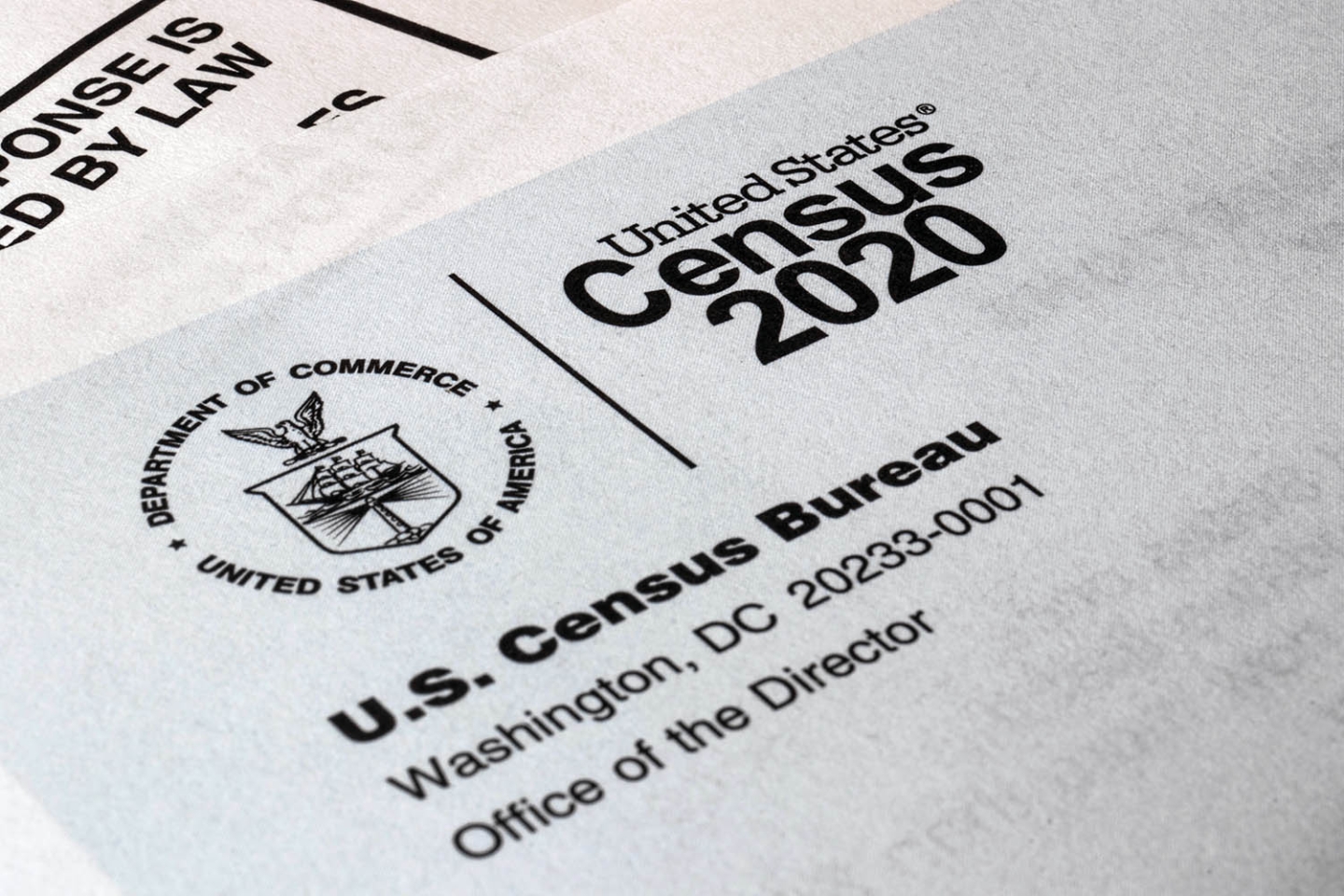Are Granite Staters better off economically than they were a year ago? In September, the U.S. Census Bureau released new data that shows while the financial well-being of Granite Staters did not get worse between 2023 and 2024, it did not improve either.
For many households already working hard to keep up with costs, this sense of constantly treading water could be as disruptive as an outright economic downturn.
Household Income Flat, Costs Climbed
The estimated median household income in NH was $99,782 in 2024. This estimate does not differ from the 2023 estimate of $96,838 when accounting for statistical uncertainty. When adjusting for inflation, the 2024 median household income effectively maintained the same spending power as in 2021 and 2023. For many, those incomes likely don’t stretch far enough to cover living expenses in the Granite State.
The Massachusetts Institute of Technology estimates a family with two working adults and one child needs to earn over $104,000 just to achieve a “living wage” in NH, while the Economic Policy Institute estimated the same household would need between $75,966 to $101,336 for a “modest yet adequate standard of living,” depending on where they lived in NH.
When the cost of living is high, incomes remain stagnant. As requirements for public assistance programs change, more individuals and families may experience poverty.
Nearly 100,000 NH Residents in Poverty
Nearly 100,000 Granite Staters (about 7.2% of the population) lived below the poverty threshold last year, including 16,000 children and 23,000 older adults. That’s about the same as the combined populations of Claremont, Concord, Keene, and Laconia.
Though poverty rates for children and older adults have remained stable since 2021, poverty rates among older adults are higher than before the pandemic. This trend suggests adults 65 and older may be experiencing lingering adverse financial effects from the pandemic, many of whom live on fixed incomes.
Renters Squeezed by High Housing Costs
Housing costs continue to disproportionately affect Granite State renters, a group with lower median incomes than homeowners. In 2024, homeowners had median household incomes of about $119,000, while renters earned around $59,000.
In 2024, approximately 49% of renters were housing cost burdened (defined as spending more than 30% of one’s income on housing costs) compared to about 28% of owner households paying a mortgage and about 20% of owner households without a mortgage. High rental costs leave little room for savings, emergencies or building a house downpayment and expenses fund.
A limited supply of housing units in NH is contributing to both higher rental costs and increased sale prices for single-family houses across the state. This makes purchasing a home, and associated wealth-building opportunities, more difficult for renters to access.
Uninsured Remained Steady, But May Increase
The rate of Granite Staters without health insurance coverage remained stable at 4.5% between 2023 and 2024. For those who were insured, most reported having private insurance (60.8%), while the remainder reported having only public coverage (16.7%), a combination of public and private insurance (16.5%), or another combination of insurance (1.5%).
But looming changes, such as new work requirements tied to Medicaid, rising insurance premiums, and the expiration of enhanced subsidies for marketplace plans, could push the uninsured rate higher in the next few years. Additionally, policy changes related to assistance programs for those with low incomes, including the Supplemental Nutrition Assistance Program, may increase hardship among some households.
What It Means for NH
New Hampshire’s economy looks stable, but does not appear to contribute to progress for Granite Staters overall. Flat incomes, persistent poverty, unaffordable housing, and fragile access to health coverage suggest that many NH residents are not seeing improvements in their financial well-being.
Nicole Heller, PhD, is a senior policy analyst for the NH Fiscal Policy Institute. For more information, visit nhfpi.org.

